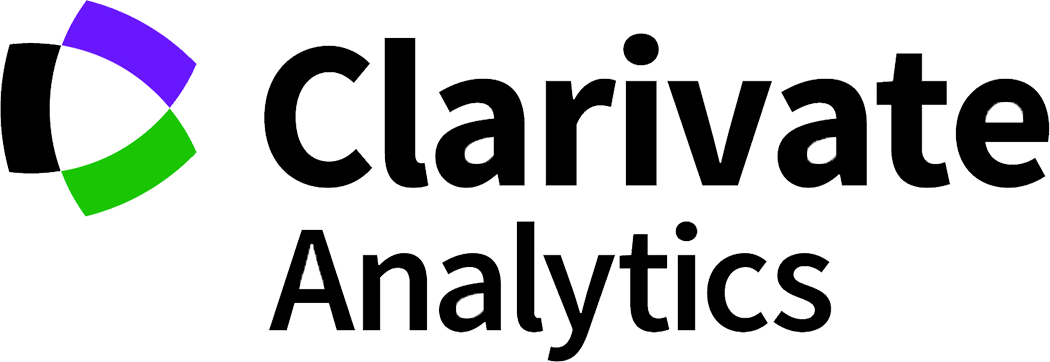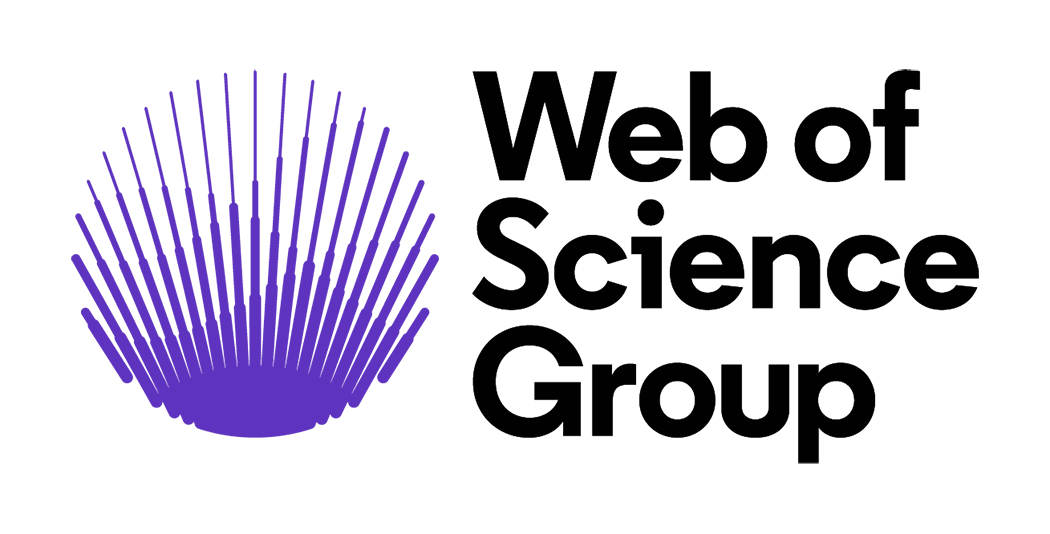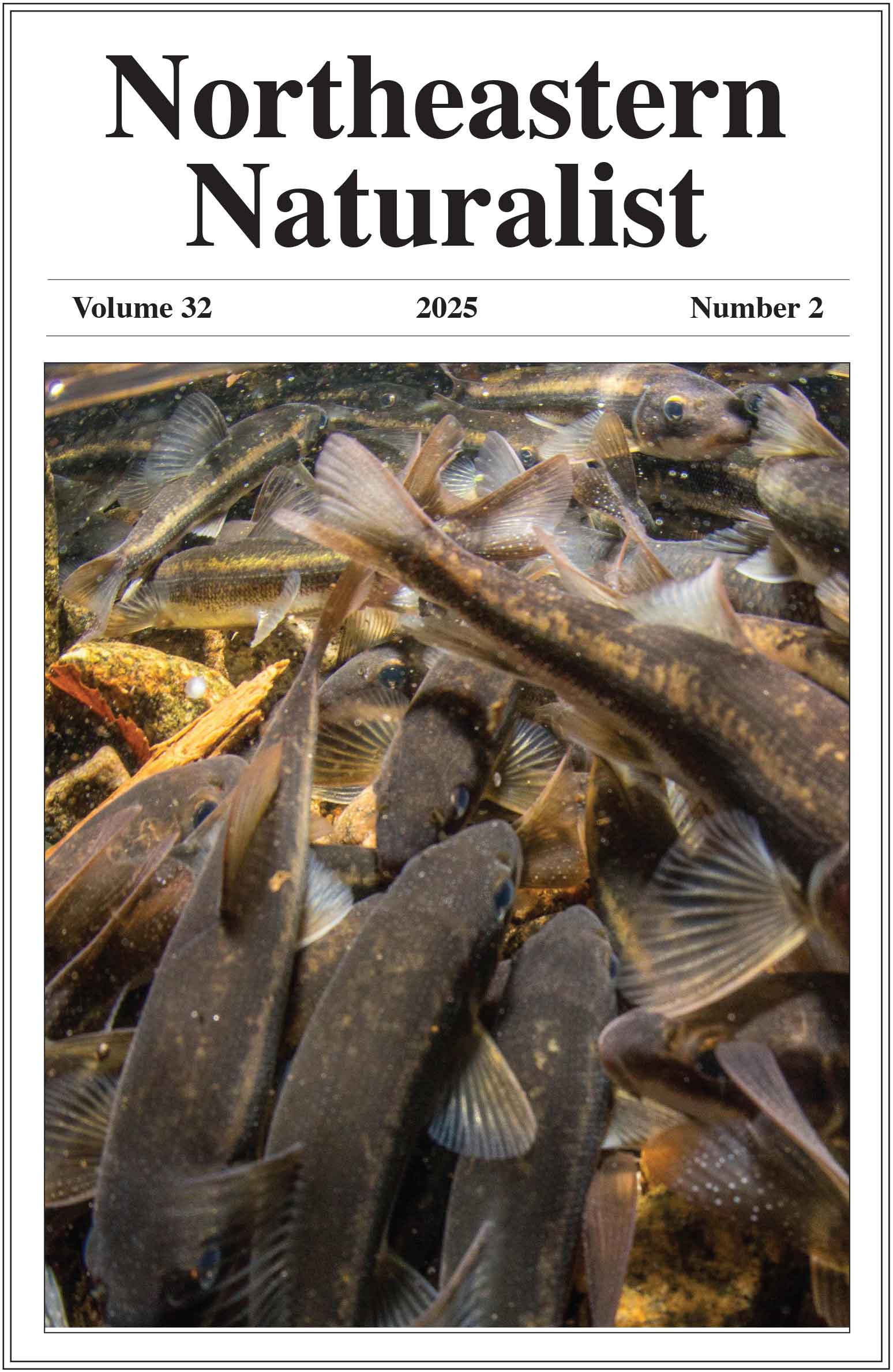Microhabitat Preferences and Genetic Confirmation of Plethodon jacksoni in Karst Sinkholes in Western Virginia
Karen E. Powers1,*, Nathan I. Harris III1, Robert R. Sheehy1, Justine N. McLaughlin1, and Christine J. Small1
1Biology Department, Radford University, Radford, VA 24142. *Corresponding author.
Northeastern Naturalist, Volume 31, Issue 3 (2024): 271–282
First published early online: 16 July 2024
Abstract
Surveys in 2008 documented 2 salamander species, Plethodon cinereus (Eastern Red-backed Salamander) and P. glutinosus (Northern Slimy Salamander), utilizing sinkholes in Montgomery County, VA. Given the suite of species that are morphologically similar across the Northern Slimy Salamander and P. wehrlei (Wehrle’s Salamander) complexes, we revisited 16 of these sinkholes in spring–summer 2022 and utilized cleaved amplified polymorphism (CAP) reinforced by DNA barcoding to confirm species identification. We added microhabitat measures to finetune habitat preferences of captured plethodontids (leaf-litter depth, soil moisture, and cover type [log, rock, cover board, leaves] at the point of collection for each salamander). Of 146 salamanders captured, we documented 116 P. jacksoni (Blacksburg Salamander), 29 Eastern Red-backed Salamanders, and 1 P. cylindraceus (White-spotted Slimy Salamander). Further, tail clips from 2008 surveys (n = 100) confirmed that we erroneously identified Blacksburg Salamanders as Northern Slimy Salamanders in the original study and we should instead interpret site-level habitat preferences for Blacksburg Salamanders. New microhabitat analyses for the Blacksburg Salamander suggest preferences for rocks and cover types associated with greater leaf-litter depth. We combine old and new project data to provide a broader baseline understanding of the natural history of this newly designated species.
![]() Download Full-text pdf (Accessible only to subscribers. To subscribe click here.)
Download Full-text pdf (Accessible only to subscribers. To subscribe click here.)
Access Journal Content
Open access browsing of table of contents and abstract pages. Full text pdfs available for download for subscribers.
Issue-in-Progress: Vol. 32 (3) ... early view
Check out NENA's latest monograph and Special Issue:













 The Northeastern Naturalist is a peer-reviewed journal that covers all aspects of natural history within northeastern North America. We welcome research articles, summary review papers, and observational notes.
The Northeastern Naturalist is a peer-reviewed journal that covers all aspects of natural history within northeastern North America. We welcome research articles, summary review papers, and observational notes.